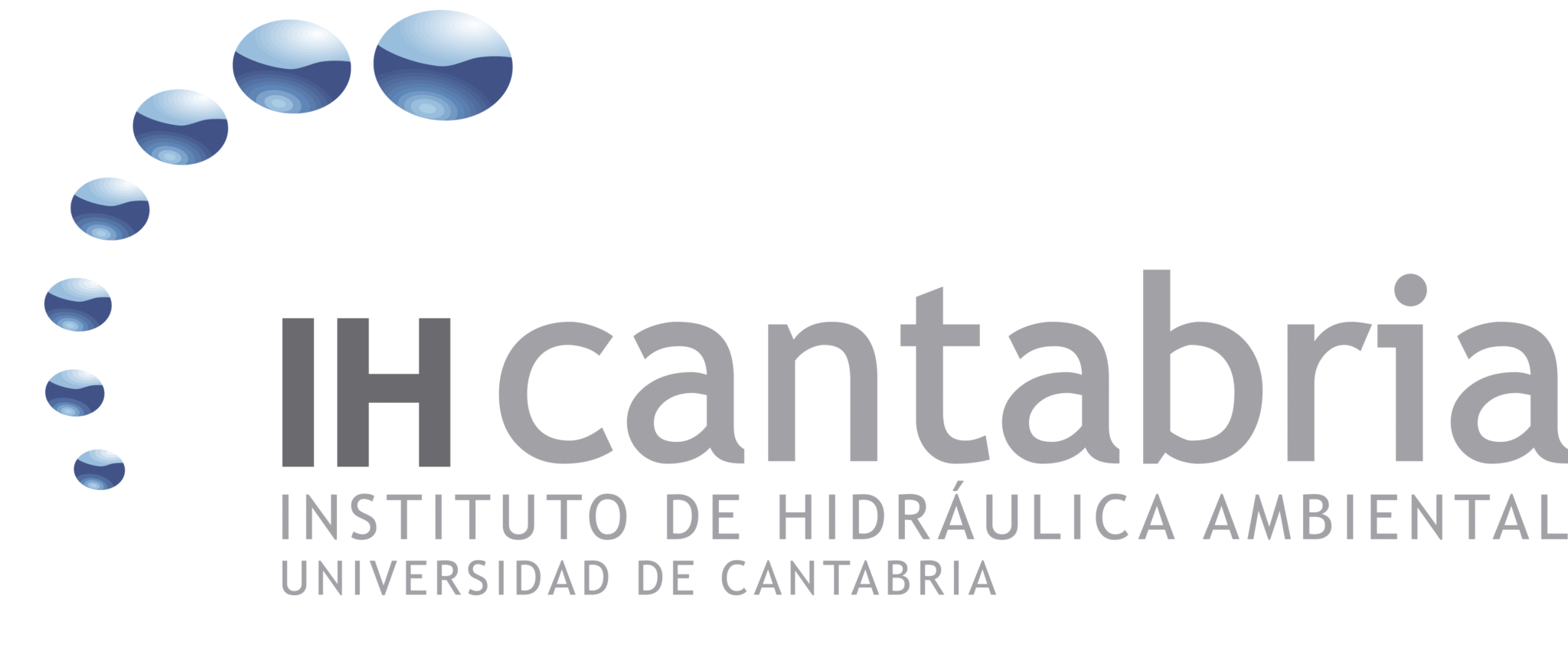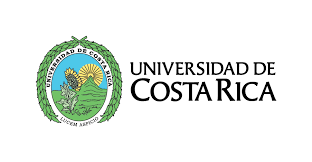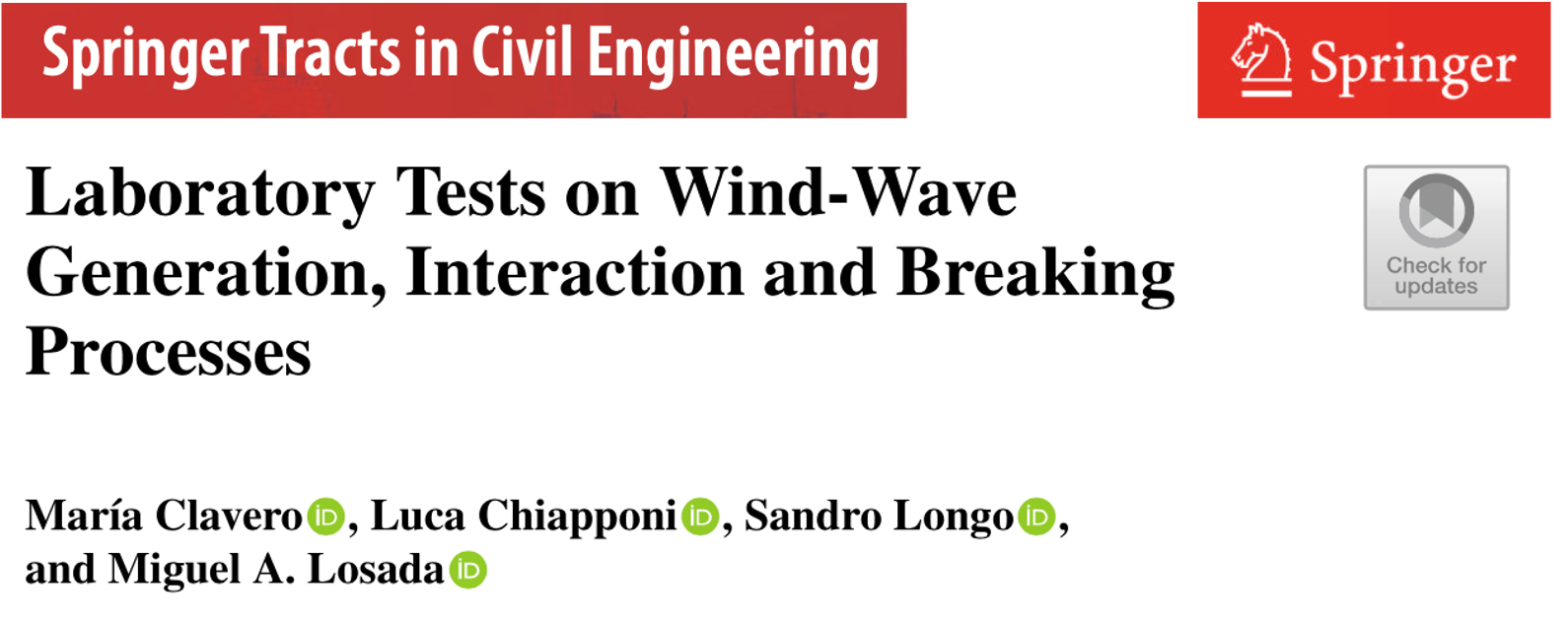Project

The development of marine energy technologies requires the use of specialized infrastructure to test and optimize energy harnessing devices in operation conditions as close to the real ones as possible. It is desirable to have access to the more advanced equipment, to large marine conditions data series and other tools in order to simulate sea conditions and analyse the response of the devices to them. Research, then, is essential to the future evolution of renewable energy industry, specifically to assist the developers at early technology readiness levels (TRLs) to continue with their technology development pathway. Only by proving the devices performance under real sea environment, can developers truly progress to commercial projects. In turn, verified performance data will build confidence amongst the investment community and a global clean energy market could be set.
OBJECTIVE:
The general objective of this proposal is to numerically and physically test marine energy devices to move them from TRL 2- 3 to TRL 3-4.
PARTICULAR OBJECTIVES:
The general objective will be achieved through completing the particular objectives of:
• Gather and characterize marine energy potential available at the coasts of Mexico, Uruguay, Costa Rica and Canarias. Construct available power matrices.
• Study the response of the devices available to marine conditions and overlap the power output with the power matrices of the different countries. Evaluate the possible environmental impact of each device and of a farm of them.
• Develop numerical analyses of the detailed response of the devices to sea conditions including materials resistance to corrosion.
• Perform experimental tests of small scale devices focused on the design of the PTO and the possibilities for network connection and energy storage.
• Train human resources with courses in modeling and simulation (downscaling).
Activities

The project contains 7 work packages:
WP0: Coordination, management and monitoring of the project.
Leader: UNAM
Other participants: all partners
Description of tasks:
· Plan, organize and monitor the project
· Arrange meetings at different organizational levels, assigning actions and monitoring their fulfilment, assistance to partners, official representation of the project to ERANet-LAC
WP1: Characterization of potential sites in Latin American and Europe
Leader: PLOCAN
Other participants: UGR, UdR, UCR, UNAM
Description of tasks:
· UdR and UCR will provide data and characterization of wave energy available in the coast. PLOCAN will provide their 25 years wave data series and characterization. UNAM will investigate if ocean currents are prone to be harvested in Mexican Seas.
· UGR and UNAM will perform numerical modelling and apply other criteria to determine the best suitable places for wave energy harvesting.
WP2: Analysis of WEC-II, COLOSO and Turbine Water devices using simulation models
Leader: IHC
Other participants: UNAM, FhG, PLOCAN
Description of tasks:
· UNAM will provide a TRL 1 WEC and a TRL 2 water turbine
· IHC will provide training for all the partners in modelling and simulation (downscaling) necessary to validate the conceptual design devices WEC-II and COLOSO
· FhG and PLOCAN will perform a pre- feasibility analysis and suggest modifications to the devices and location sites
WP3: Design, Model Construction and Environmental Impact Assessment
Leader: UNAM
Other participants: FhG, PLOCAN
Description of tasks:
· UNAM will analyse the structural and mechanical behaviour of the devices, components, subsystems, and problems related with their deployment and installation in sites following the recommendations by FhG and PLOCAN
· UNAM will construct small scale devices
· UNAM will perform the Environmental Impact Assessment of the single devices and farms of them
· FhG will collaborate with UNAM in the construction model process of devices.
WP4: Testing the scale model in Laboratories and materials analysis
Leader: UdR
Other participants: all partners
Description of tasks:
· PLOCAN, UdR and UCR will test the performance of the devices under their respective wave conditions assisted by the IHC numerical tool
· UdR and UNAM will test the devices in their respective facilities
· IH will provide training and numerical modelling tools
· UGR will review and analyse the data from all the tests
· UNAM will study and recommend corrosion resistant materials for the devices and their subsystems.
WP5: Conceptual design and analysis of Power take off mechanism (PTO) and energy storage
Leader: UNAM
Other participants: FhG
Description of tasks:
· UNAM and FhG will analyse and design the PTO possibilities, energy storage strategies and network connection of the devices.
WP6: Communication, business model and dissemination of results
Leader: UNAM
Other participants: all partners
Description of tasks:
· UNAM will integrate the project in a website for the dissemination of results
· UNAM will provide data related to WEC construction
· PLOCAN will provide information about installation costs
· UNAM will provide preliminar information about PTO, energy storage and network connection costs
· UGR, FhG, PLOCAN, IH will provide information about the leverage cost of energy (LCOE), potential market, Operation & Maintenance (O&M) costs related of WEC devices in Europe
· UNAM, UdR and UCR will provide information about the leverage cost of energy LCOE, potential market, Operation & Maintenance (O&M) related of WEC devices in Latin America
· All partners will be involved in scientific journal publications, conference presentations and human resources training
Consortium
Universidad Nacional Autónoma de México (UNAM-México)

Universidad de la República de Uruguay (UdR-Uruguay)

Universidad de Granada (UGR-Spain)

Fraunhofer Gesellschaft (FhG-Germany)

Institito de Hidráulica Ambiental (IHC-Spain)

The Oceanic Platform of Canary Islands (PLOCAN-Spain)

Universidad de Costa Rica (UCR-Costa Rica)

Results
Moragues, M.V., Clavero, M., Losada, M.Á. Wave breaker types on a smooth and impermeable 1:10 slope (2020). Journal of Marine Science and Engineering, 8 (4), .nº 296, DOI: 10.3390/JMSE8040296

Clavero, M., Chiapponi, L., Longo, S. and Losada, M. A. (2023). Laboratory tests on wind-wave generation, interaction and breaking processes. C. Chastre et al. (eds.), "Advances in Testing and Experimentation of Civil Engineering", Springer Tracts in Civil Engineering, doi: 10.1007/978-3-031-05875-2_11

Jiménez-Portaz, M., Magaña, P. J., Moragues, M. V., Moñino, A., Clavero, M. (2022). "Wave and wind energy resources assessment in the Carchuna coastal area (Spain)". Proceedings of the 39th IAHR World Congress, Granada (Spain), June 2022
Baena, F., Molina-Salas, A., Santamaría, M., Clavero, M., Moñino, A. (2023). "LCOE calculation on a wave energy farm". Accepted for presentation in the 40th IAHR World Congress, Vienna (Austria), August 2023
Contact









